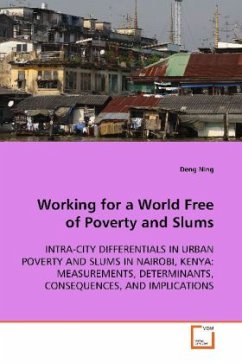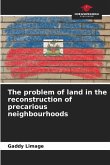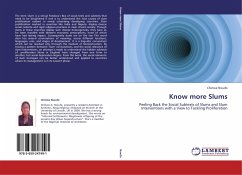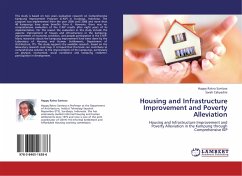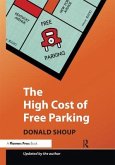This dissertation research intends to document
methods for measuring and analyzing urban poverty in
developing Cities by using Nairobi as my primary
case. Through recoding and aggregating Census data,
I propose to construct a composite material poverty
index using principal components analysis. Next, I
will build a 2SLS (two stage least square
regression) model to identify the most significant
determinants of material poverty. Finally, a cross-
sectional regression analysis will be undertaken to
examine the effect of living in a slum and
residential segregation of slums from non-slums on
local child mortality rate. The findings will have a
three-fold implication for anti-poverty or anti-slum
practices. First, a composite material poverty index
has a distinctively empirical utility for the direct
measurement of the living conditions of the urban
poor and slum dwellers. Second, lower population
density significantly decreases material poverty ,
which lends some support to anti-slum strategies
aiming to de-densify the slum areas. Lastly, de-
segregating slum dwellers from non-slum dwellers is
effective at least from a health perspective.
methods for measuring and analyzing urban poverty in
developing Cities by using Nairobi as my primary
case. Through recoding and aggregating Census data,
I propose to construct a composite material poverty
index using principal components analysis. Next, I
will build a 2SLS (two stage least square
regression) model to identify the most significant
determinants of material poverty. Finally, a cross-
sectional regression analysis will be undertaken to
examine the effect of living in a slum and
residential segregation of slums from non-slums on
local child mortality rate. The findings will have a
three-fold implication for anti-poverty or anti-slum
practices. First, a composite material poverty index
has a distinctively empirical utility for the direct
measurement of the living conditions of the urban
poor and slum dwellers. Second, lower population
density significantly decreases material poverty ,
which lends some support to anti-slum strategies
aiming to de-densify the slum areas. Lastly, de-
segregating slum dwellers from non-slum dwellers is
effective at least from a health perspective.

